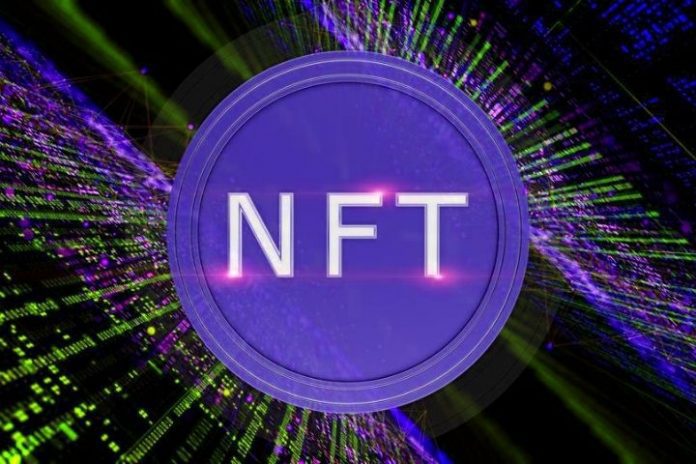Learn the differences between NFT Art vs NFT Art with utility so you can make informed and wise investments with these digital assets.
Cryptocurrency has been around for a while. Since its inception in 2008, via Satoshi Nakamoto’s influential manifesto titled Bitcoin: A Peer-to-Peer Electronic Cash System, the technology has come a long way.
Many investors have made significant money from this alternative financial system whose main selling point is doing away with centralized regulation. That means no central banks and governments to contend with. You can acquire wealth on the down-low, and do it fast, too. At least if the whims of the crypto market stay in your favor.
A testament to cryptocurrency’s considerable progress over the years is the fact that these days, there are a hundred digital monies on the blockchain you can invest in, all inspired by the trailblazing Bitcoin. The technology has even branched out from mere monetary digits to art through NFTs.
NFT art has what it takes to transform the creative industry the way Bitcoin transformed the financial sector. For starters, it will break down the walls traditionally built by gatekeepers in the art world. So long as you have an internet connection and a passion for the arts, you will not be excluded, no matter where you hail from or the social class you belong to.
You can make, acquire, and trade creations based on what you deem are valuable. On top of that, NFT art with utility will allow you to possess something from the blockchain which affords you real-life value. If you think those are great propositions, learn more about how NFTs work so you can come up with an informed decision as to whether the idea is something you can get behind.

